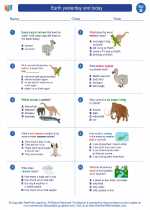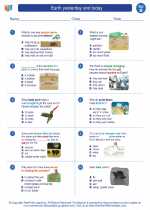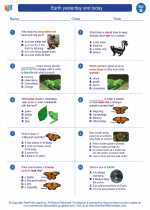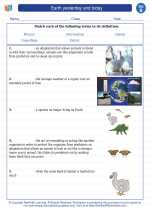Volcanic Eruptions
A volcanic eruption occurs when magma, gases, and volcanic ash are expelled from a volcano. This process is driven by the buildup of pressure within the magma chamber beneath the volcano. When this pressure becomes too great, it forces the magma to the surface, resulting in an eruption.
Causes of Volcanic Eruptions
Volcanic eruptions can be caused by several factors, including:
- Magma Pressure: As magma accumulates in the chamber beneath the volcano, the pressure builds up, eventually leading to an eruption.
- Gas Buildup: Dissolved gases within the magma can create pressure, leading to explosive eruptions.
- Plate Tectonics: The movement of Earth's tectonic plates can also trigger volcanic eruptions.
Types of Volcanic Eruptions
There are several types of volcanic eruptions, including:
- Effusive Eruptions: These are characterized by the relatively gentle release of lava and gases from the volcano.
- Explosive Eruptions: These eruptions involve the sudden release of high-pressure gas and volcanic material, resulting in explosive bursts.
- Phreatic Eruptions: These occur when water comes into contact with hot rock or magma, leading to steam-driven eruptions.
Effects of Volcanic Eruptions
Volcanic eruptions can have widespread effects on the environment and communities, including:
- Lava Flows: The flowing lava can destroy structures and vegetation in its path.
- Ashfall: Volcanic ash can blanket large areas, affecting air quality and visibility.
- Pyroclastic Flows: These fast-moving, high-temperature flows of gas, ash, and rock can be highly destructive.
- Climate Impact: Volcanic eruptions can release large amounts of gases and ash into the atmosphere, impacting global climate patterns.
Study Guide
Use the following questions to guide your study of volcanic eruptions:
- What causes volcanic eruptions?
- Describe the different types of volcanic eruptions.
- How do volcanic eruptions impact the environment and communities?
- Explain the role of plate tectonics in triggering volcanic eruptions.
- Research a specific volcanic eruption and its effects on the surrounding area.
[Volcanic Eruptions] Related Worksheets and Study Guides:
.◂Science Worksheets and Study Guides Second Grade. Earth yesterday and today
Study Guide Earth yesterday and today
Earth yesterday and today  Worksheet/Answer key
Worksheet/Answer key Earth yesterday and today
Earth yesterday and today  Worksheet/Answer key
Worksheet/Answer key Earth yesterday and today
Earth yesterday and today  Worksheet/Answer key
Worksheet/Answer key Earth yesterday and today
Earth yesterday and today  Vocabulary/Answer key
Vocabulary/Answer key Earth yesterday and today
Earth yesterday and today 

 Worksheet/Answer key
Worksheet/Answer key
 Worksheet/Answer key
Worksheet/Answer key
 Worksheet/Answer key
Worksheet/Answer key
 Vocabulary/Answer key
Vocabulary/Answer key

The resources above cover the following skills:
LIFE SCIENCE
Ecosystems: Interactions, Energy, and Dynamics
Plan and carry out an investigation, using one variable at a time (e.g., water, light, soil, air), to determine the growth needs of plants.